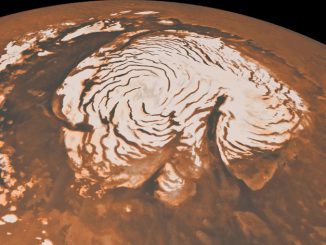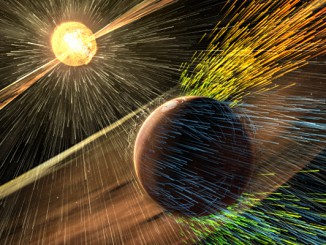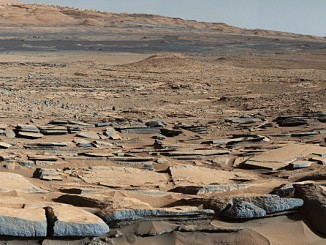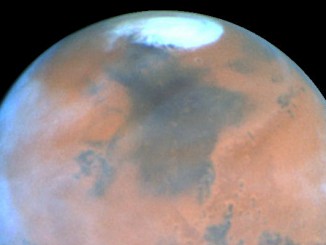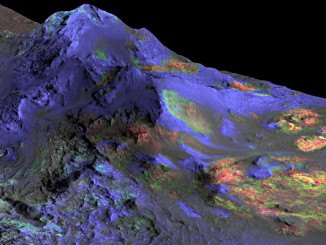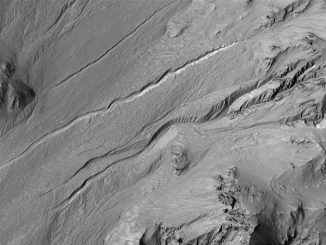
Mars gullies likely not formed by liquid water
New findings using data from NASA’s Mars Reconnaissance Orbiter show that gullies on modern Mars are likely not being formed by flowing liquid water. This new evidence will allow researchers to further narrow theories about how Martian gullies form, and reveal more details about Mars’ recent geologic processes.

